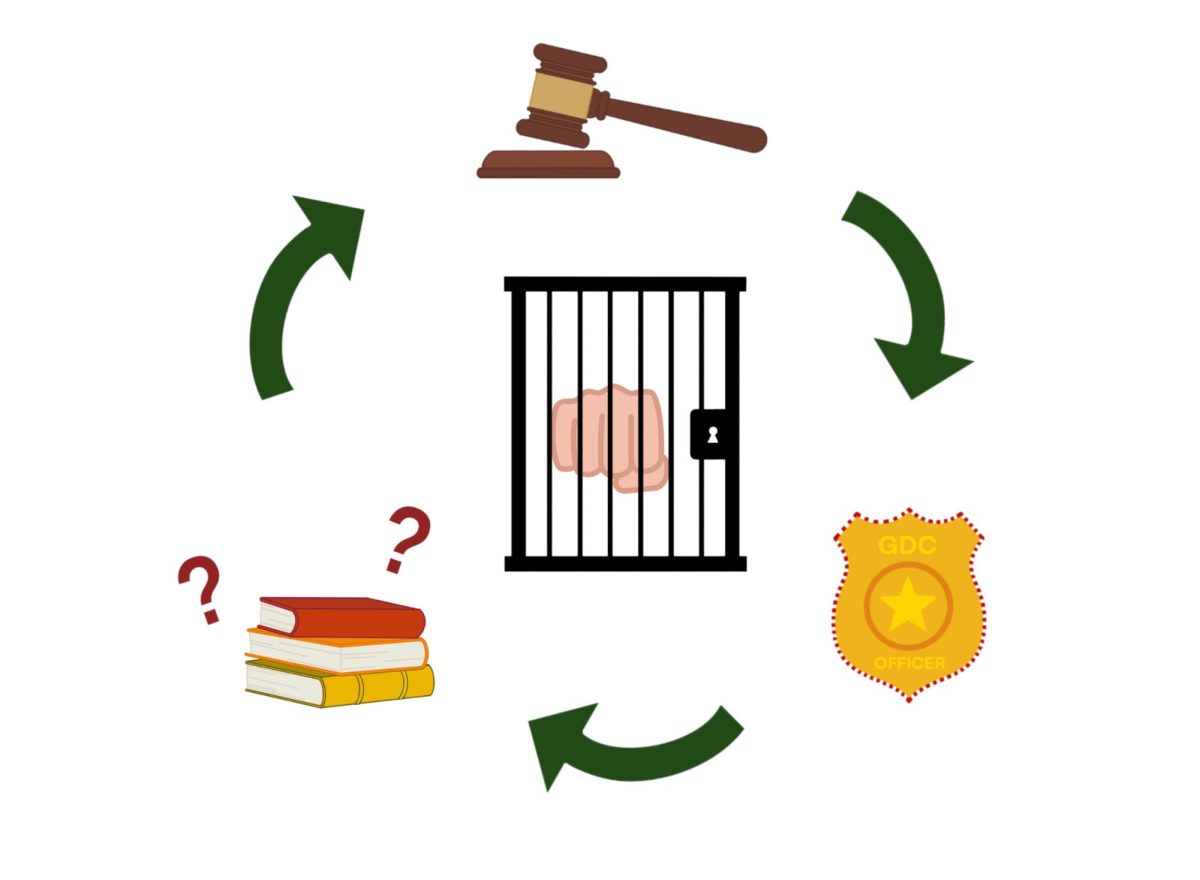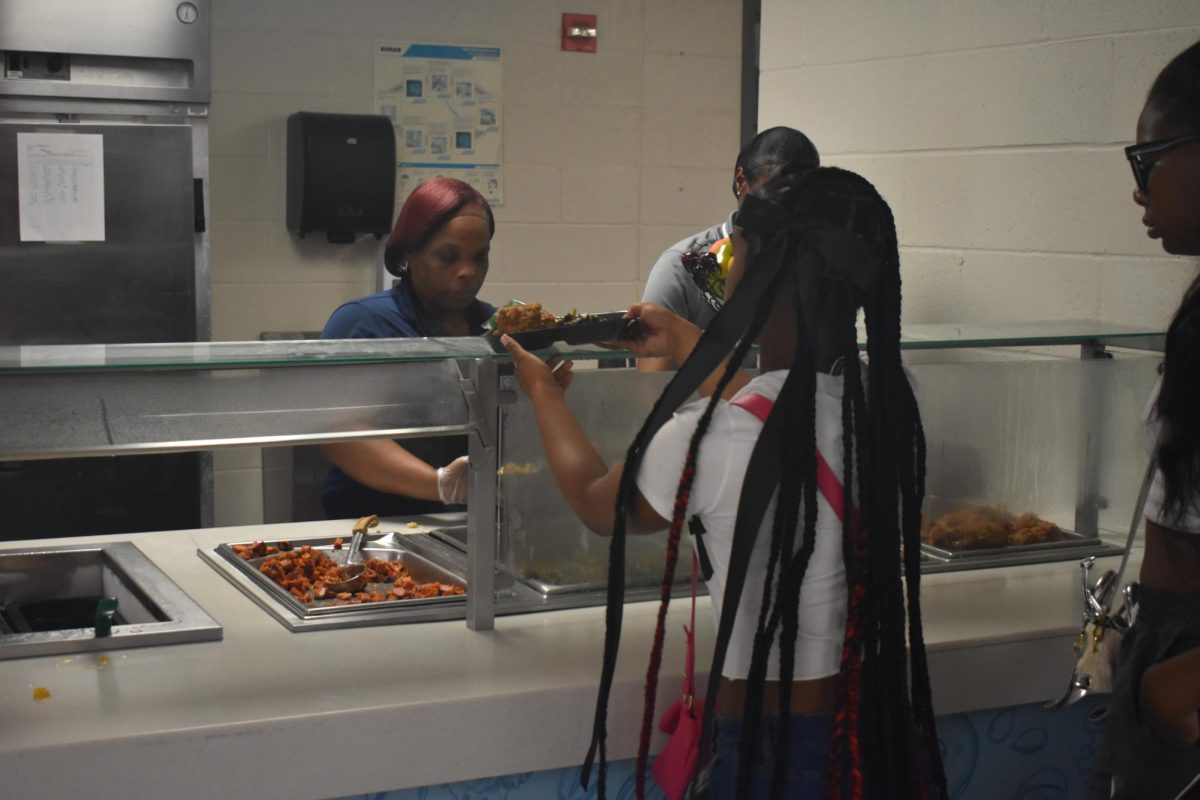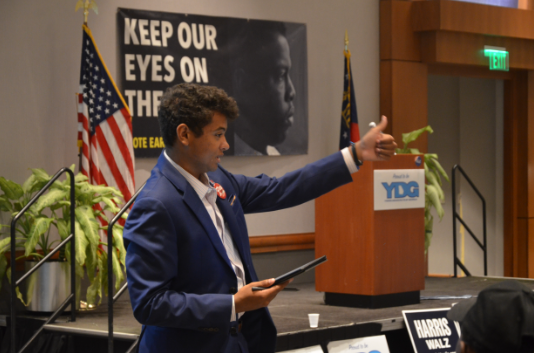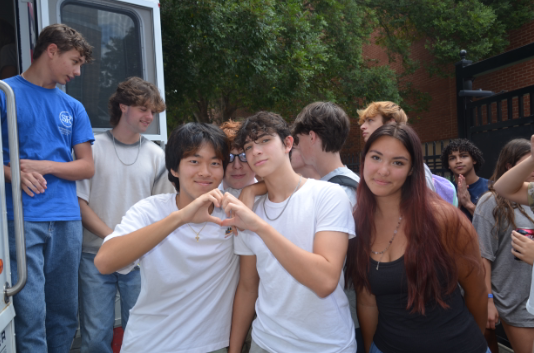Conflicts, respect, security of school environment factor into school fights
The administration deals with fighting year round, but encounter spikes in the beginning.
November 2, 2019
Senior Aquinas Stillwell didn’t throw the first punch. He was leaving his pre-calculus class when another student snuck up behind him, hitting him while he wasn’t looking. His friend and classmate, senior Amir Haslam, stepped in and joined the fight, wanting to prevent Stilwell from getting into trouble and losing his spot on the football team. Haslam received three days of out of school suspension, and Stillwell received no punishment.
Physical fights between students occur every year. According to Assistant Principal Rodney Howard, the beginning of the school year is especially a time students fight as some bring conflicts from the summer into school.
For some students, fighting at school is far safer than fighting outside of school. They can be secure in the knowledge that the fight will be broken up by someone. More extreme violence involving weapons, such as knives and guns, can occur if the fight is outside and unrestricted.
For other students, Haslam and Stillwell included, fighting is about self-respect and dignity. Stillwell believes others do it to be noticed. Fights at school, especially between classes and at lunch, become magnets for attention as students rush to come to view the altercations, typically with their phones in hand.
“[People fight] to be known,” said Stillwell. “It’s clout chasing. Just being a part of a fight will get you clout, especially at school.”
Howard attributes some fighting to “clout” but maintains that most fights are a result of personal conflicts turning physical.
“You have many others that are just doing it because they have a natural dislike for each other,” said Howard.
Often times, issues between students escalate by indirect communication over social media. Sophomore Kennedy Johnson was involved in a fight in her freshman year when a conflict with another girl was carried over to social media. Johnson says the conflict came as a surprise to her.
“The girl had a problem with me, and I didn’t know … she took it to social media and tried to make a scene,” said Johnson. “I messaged her privately … she screenshotted our messages and posted them. [Her friends] were letting her think it’s okay to do those things.”
Although the fight occurred in her freshman year, Johnson is still affected by the consequences. She faced three days of suspension, which not only put her days behind in all of her classes but followed her into sophomore year. She tried running for sophomore vice president and was turned down because of the fight.
“This year is a new year, so why can’t I run for vice president? This is the only thing that’s on my record,” said Johnson. “You’re stopping me from doing something productive because of an incident that wasn’t even my fault.”
More serious consequences can affect your chances at college admission since fights are placed on a student’s record until they graduate high school.
“I’ve seen, during my time here, a student who applied to go to a university, and he was an A-B student,” said Howard. “But based off behavior matter that was on his record, he was not admitted to that university.”
Conflicts that begin over social media tie the hands of the administration. Administrators have no way of knowing how the problem began or who started it.
“Right now what we’re dealing with is that people are creating fake pages on social media and saying nasty and negative things about people and then trying to hide their identity,” said Howard. “I think a lot of schools during this day and time are dealing with social media issues.”










